
Self-regulated learning at work - Self-Learning Enhancement Tool
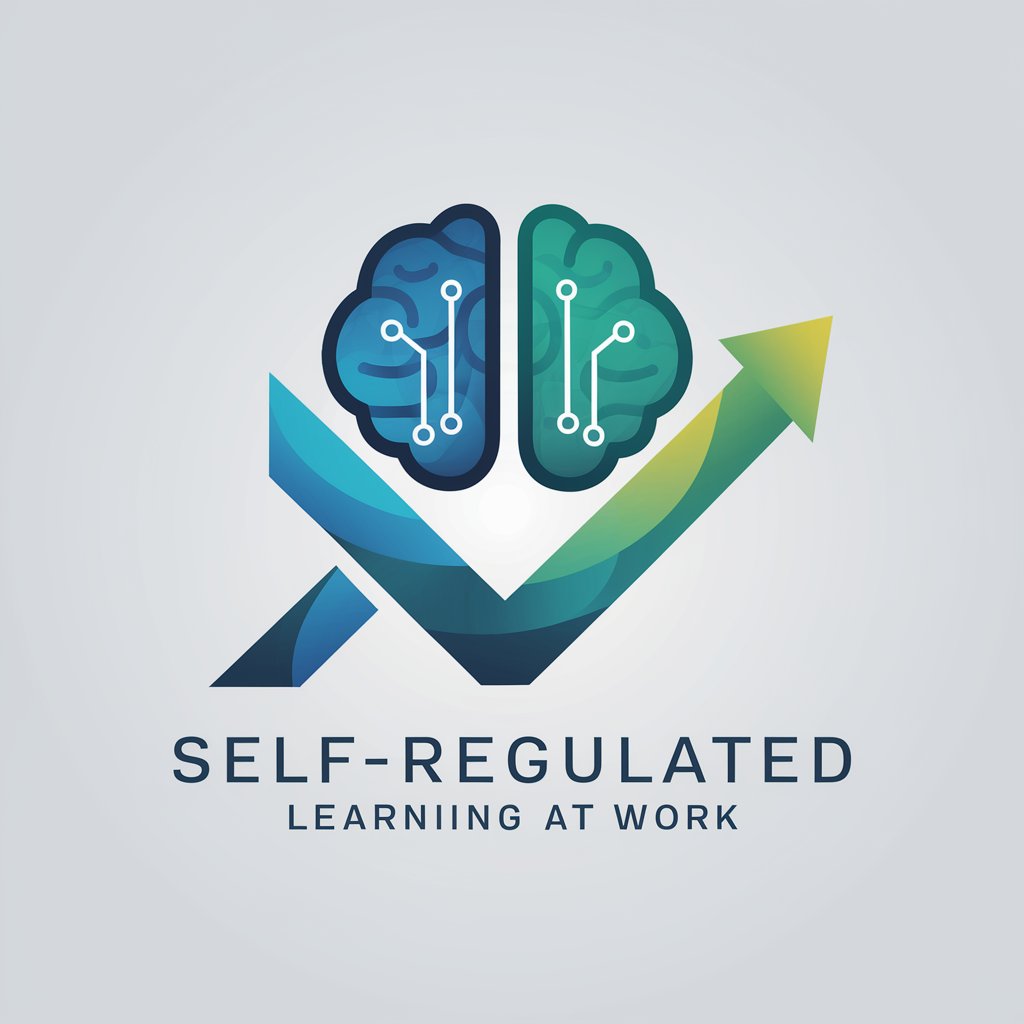
Hello! Ready to boost your learning at work today?
Empower your learning with AI
What strategies can I use to improve my time management at work?
How can I set effective goals to enhance my work performance?
What techniques can help me stay motivated during challenging tasks?
How can I track and measure my progress in self-regulated learning?
Get Embed Code
Understanding Self-regulated Learning at Work
Self-regulated learning at work refers to the process through which individuals take initiative, with or without the help of others, to diagnose their learning needs, formulate learning goals, identify resources for learning, select and implement learning strategies, and evaluate learning outcomes. This approach is underpinned by the belief that learning is most effective when it is an active, self-directed process, facilitating the development of skills and knowledge that are directly relevant to the individual's professional context. For example, a software engineer might identify a gap in their knowledge of a new programming language that is becoming important in their field. They would set a goal to master this language, find resources such as online courses or tutorials, and engage in deliberate practice and projects to apply their new knowledge, all while monitoring their progress and adjusting their strategies as needed. Powered by ChatGPT-4o。

Main Functions of Self-regulated Learning at Work
Goal Setting
Example
An employee identifies the need to improve their public speaking skills to better present project updates. They set specific, measurable goals to engage in public speaking workshops and practice sessions.
Scenario
This function helps in creating clear, actionable objectives that are aligned with personal and professional growth, ensuring focused and purposeful learning.
Resource Identification and Utilization
Example
A project manager realizes the importance of understanding data analytics for upcoming projects. They seek out and enroll in an online course tailored to their industry's specific data analysis tools.
Scenario
By identifying the right resources, individuals can access the specific knowledge and skills they need, ensuring the learning is relevant and applicable to their work.
Learning Strategy Implementation
Example
A team leader decides to improve their leadership skills by implementing a 360-degree feedback process, learning from the feedback, and applying insights in real-time to adjust their leadership style.
Scenario
This function involves choosing and applying appropriate learning methods to real-world challenges, allowing for practical application and continuous improvement.
Self-monitoring and Adjustment
Example
A web designer sets a goal to learn UX design principles. They periodically review their project work to assess how well it aligns with best practices in UX, adjusting their learning focus based on findings.
Scenario
Enables individuals to reflect on their learning progress, recognize areas for improvement, and adapt their strategies to enhance learning effectiveness.
Outcome Evaluation
Example
After completing a professional certification, an IT professional evaluates how the newly acquired skills have impacted their work efficiency and project outcomes, leading to a better understanding of the value of their learning efforts.
Scenario
This function helps individuals assess the effectiveness of their learning activities in terms of achieving desired outcomes, contributing to a culture of continuous professional development.
Ideal Users of Self-regulated Learning at Work Services
Professionals Seeking Career Advancement
Individuals looking to climb the corporate ladder or pivot to new roles can benefit immensely. By continuously updating and expanding their skill set in a self-directed manner, they stay competitive and relevant in their field.
Organizations Fostering a Learning Culture
Companies aiming to cultivate a culture of continuous improvement and adaptability among their workforce will find these services invaluable for empowering employees to take charge of their own professional development.
Freelancers and Entrepreneurs
For those who operate independently, staying ahead of industry trends and mastering new skills is crucial for success. Self-regulated learning enables them to tailor their education to fit their unique business needs and schedules.
Educators and Trainers
Professionals in education and training can leverage these concepts to enhance their own teaching strategies and to empower their students or trainees to become more effective, autonomous learners.

Guidelines for Utilizing Self-Regulated Learning at Work
1
Begin your journey at yeschat.ai to explore Self-regulated learning tools with a free trial, no login or ChatGPT Plus subscription required.
2
Identify specific learning goals or skills you want to develop. This could range from improving communication skills to mastering new software.
3
Utilize the tool's features to create a personalized learning plan. This may include scheduling learning sessions, setting reminders, and tracking progress.
4
Engage with interactive modules and apply what you learn through practical tasks or projects at work to reinforce your learning.
5
Regularly review your learning progress and adjust your plan as needed. Seek feedback from the tool and peers to enhance learning outcomes.
Try other advanced and practical GPTs
Digital Learning Coach
Empower Your Learning with AI
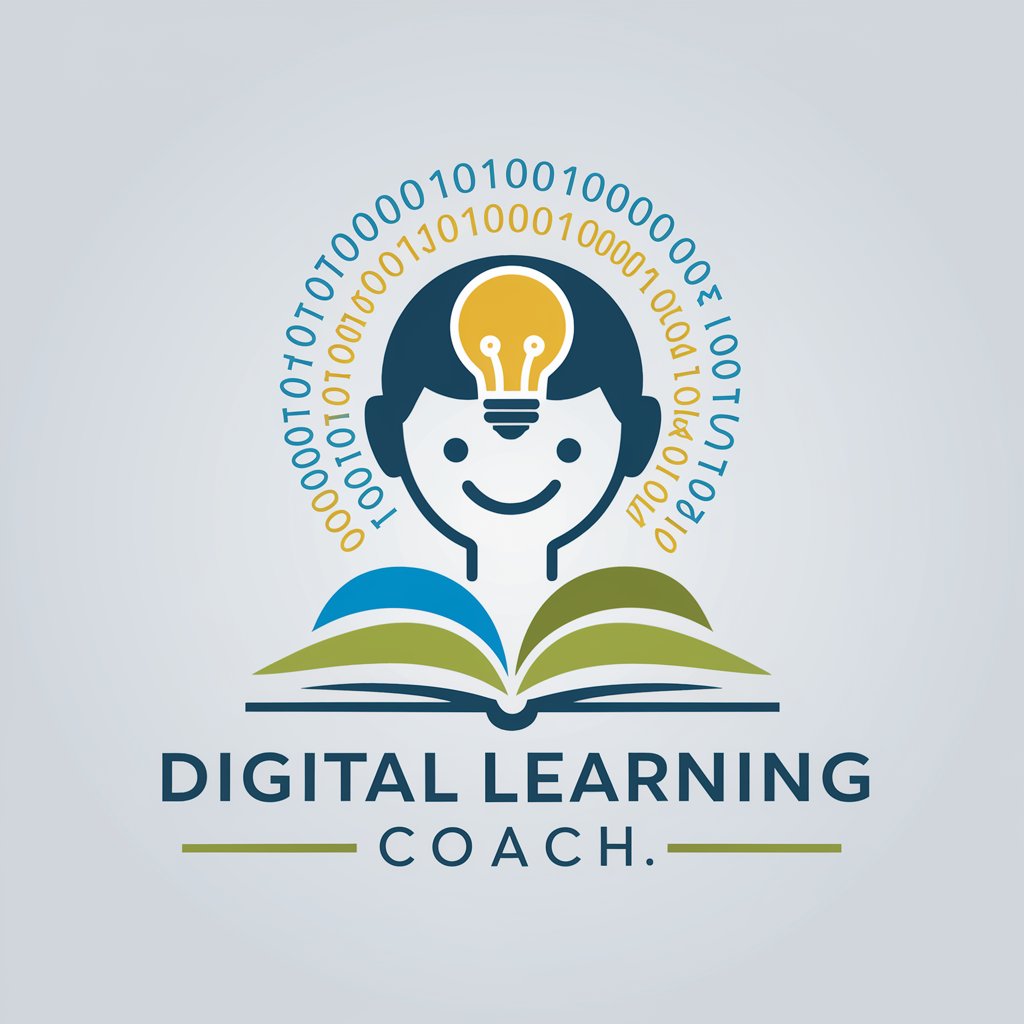
Regulated Crowdfunding Advisor
Navigate crowdfunding regulations effortlessly with AI-powered guidance.
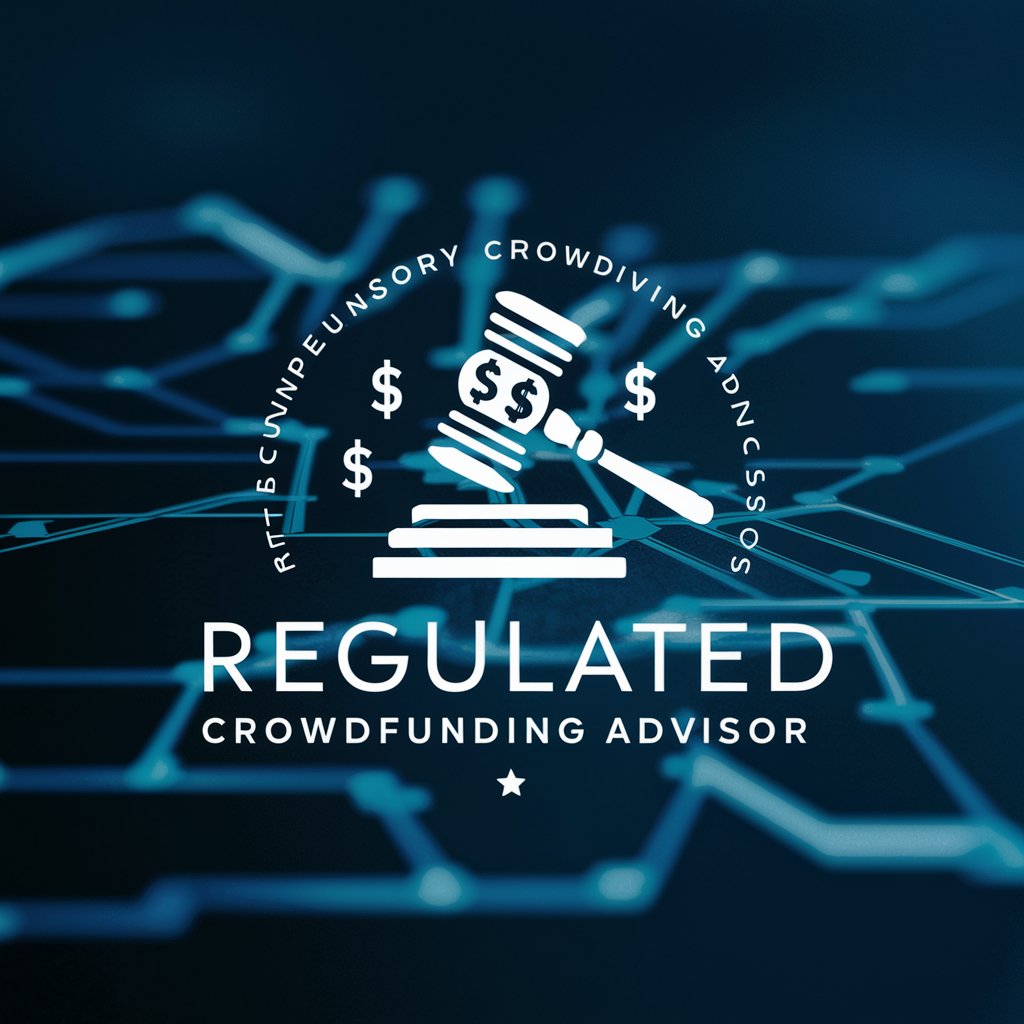
The Stress Buster
Empowering you with DBT-based guidance for a balanced life.
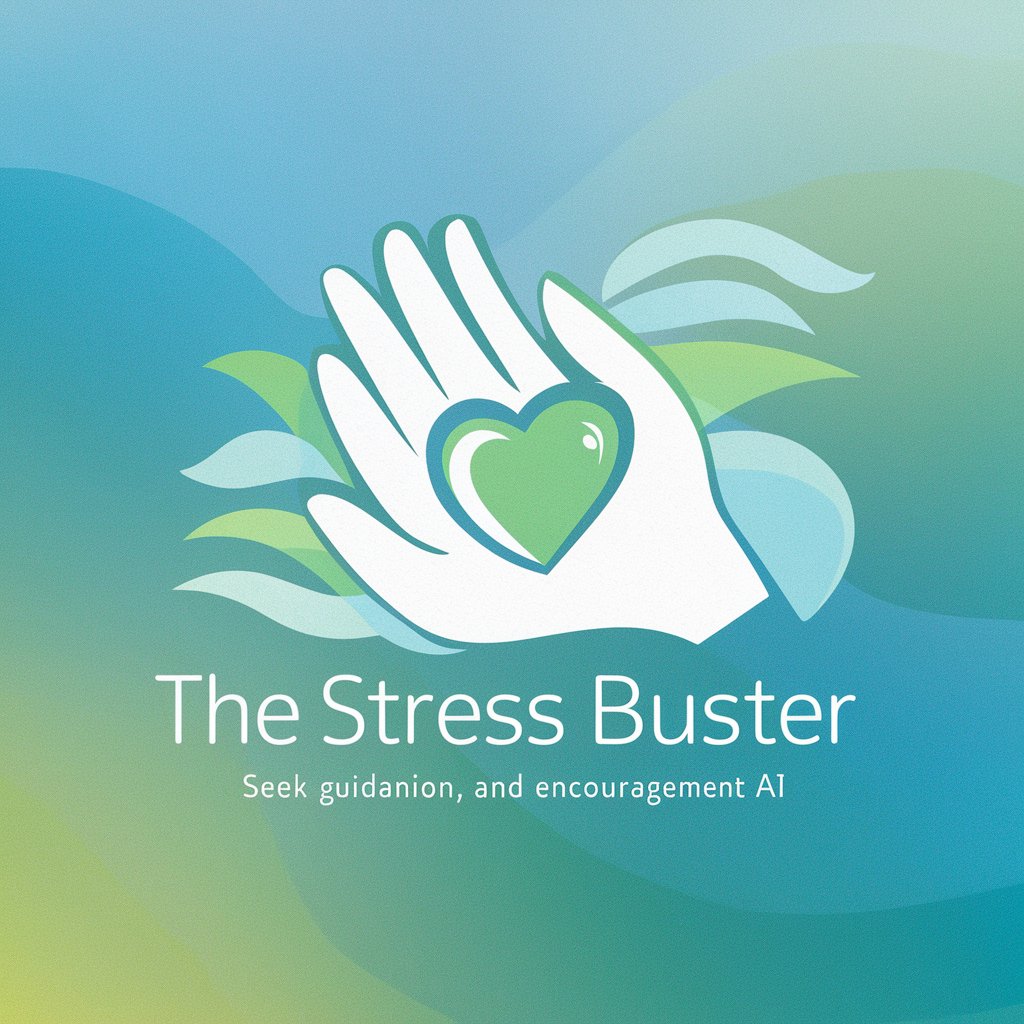
DigiD Guide
Empowering Digital Identity with AI
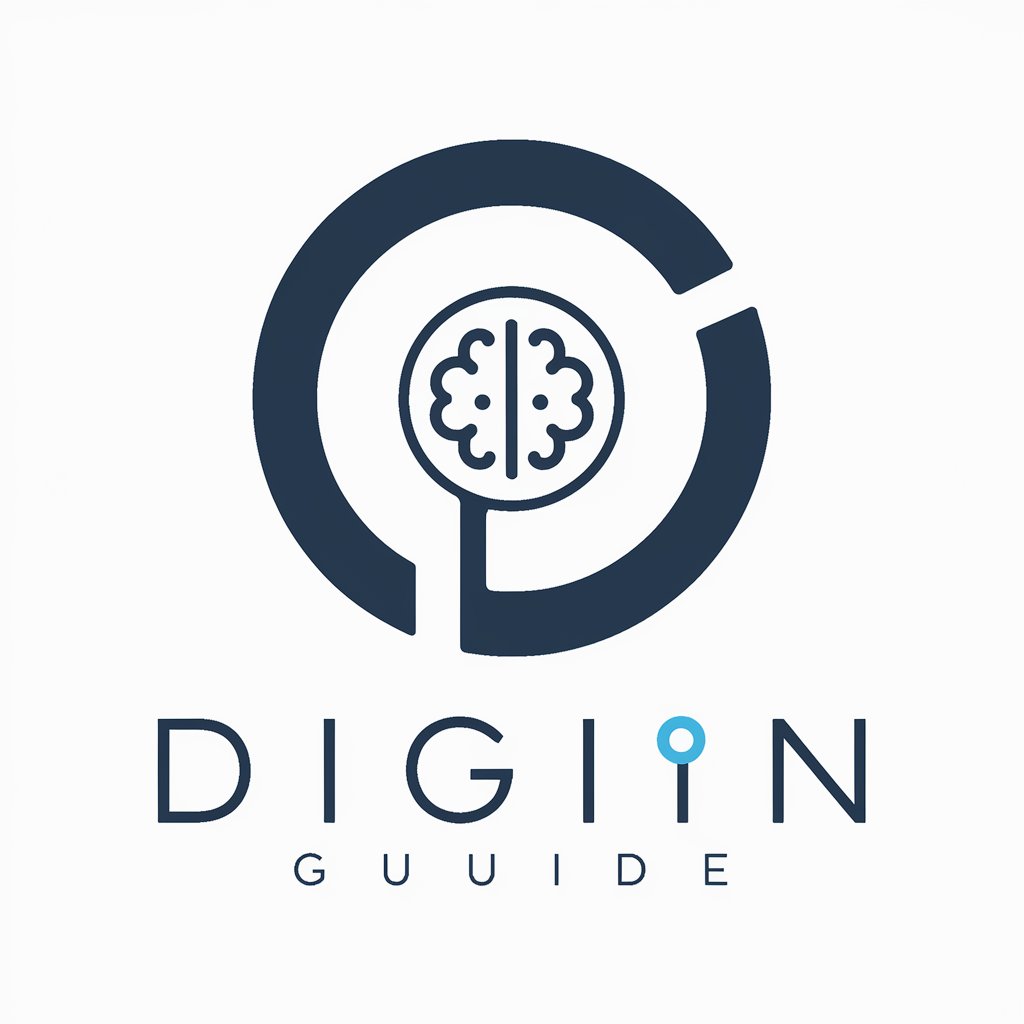
Woodside Elementary Oracle
Empowering Woodside families with reliable school insights.

Elementary
Making Learning Fun and Simple with AI

IFA Advice Check
Empowering Financial Decisions with AI
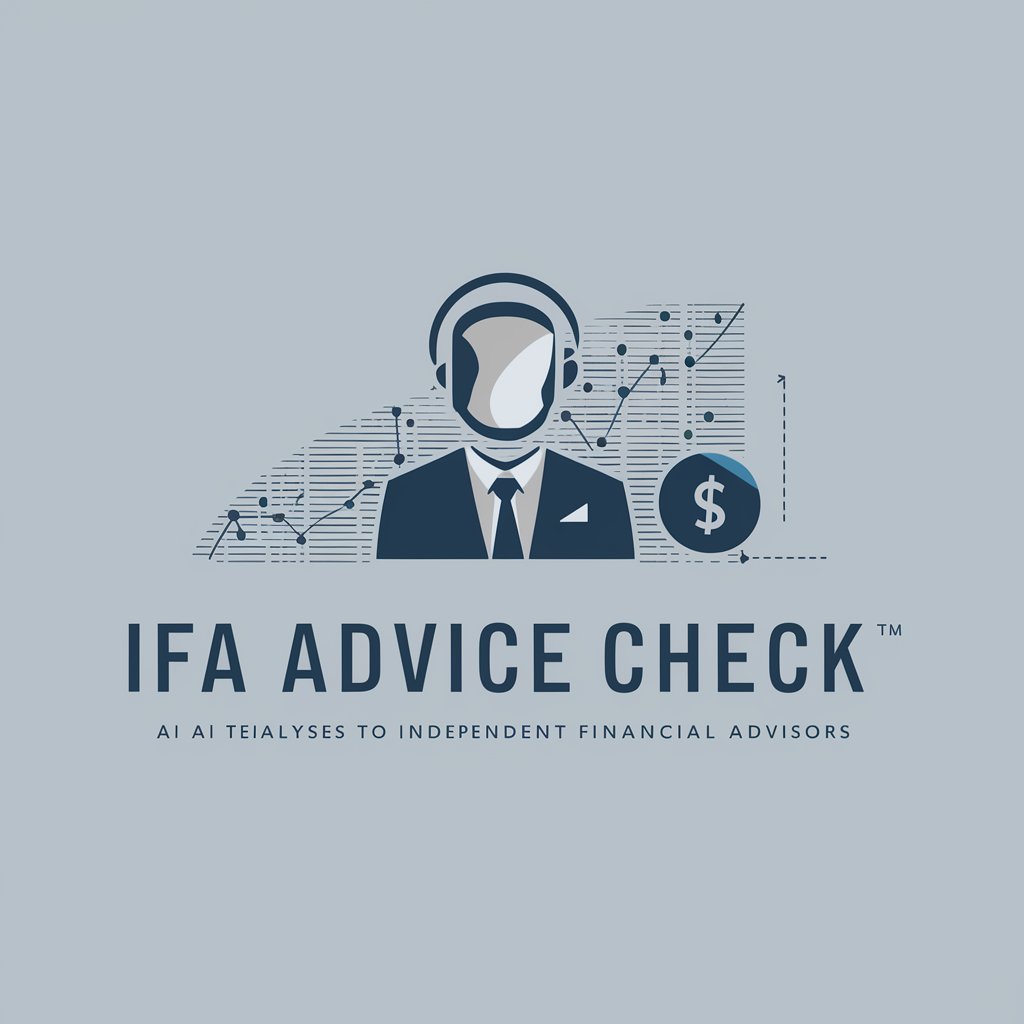
BJSR Ltd T/A Waves HR Advisor
Expert HR and Legal Guidance for Care Providers
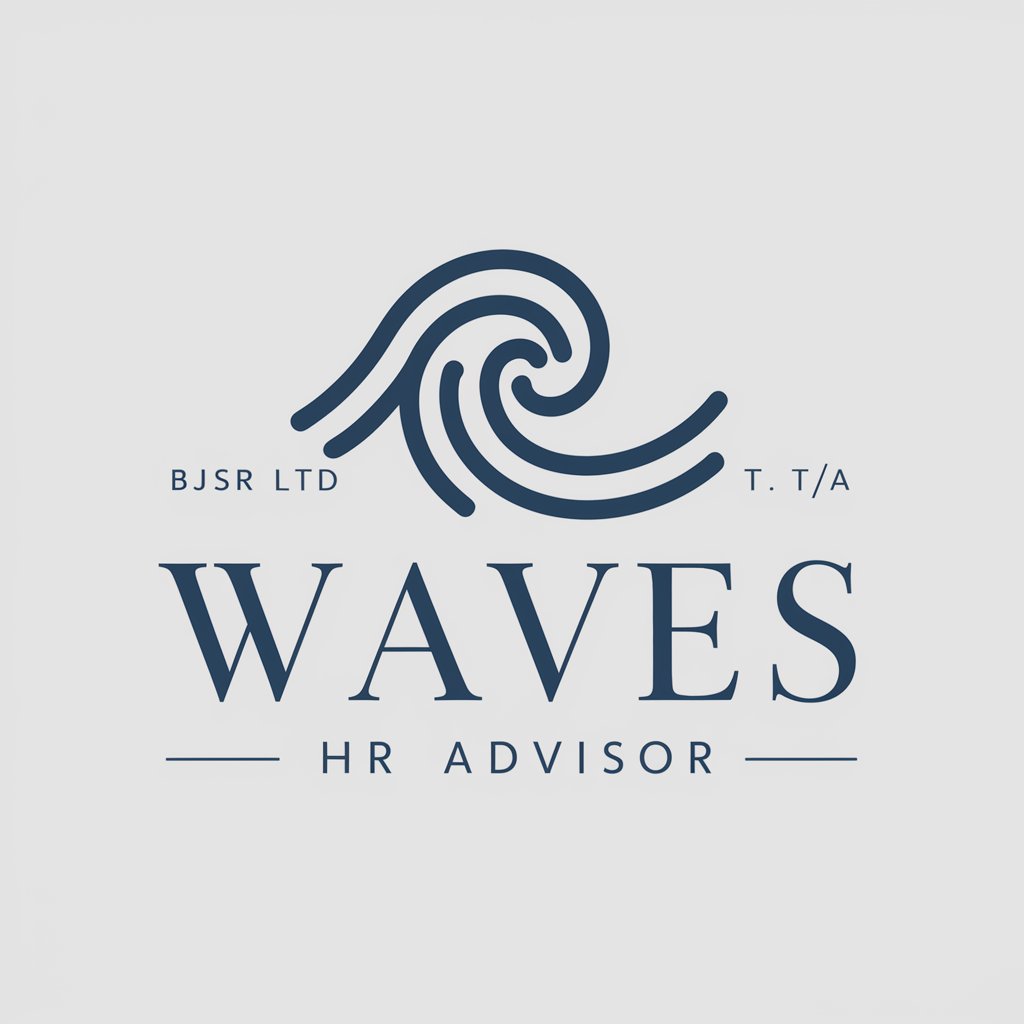
BakedBot GPT
Elevating Insights with AI Power

VC Analyst
Empowering VC Decisions with AI
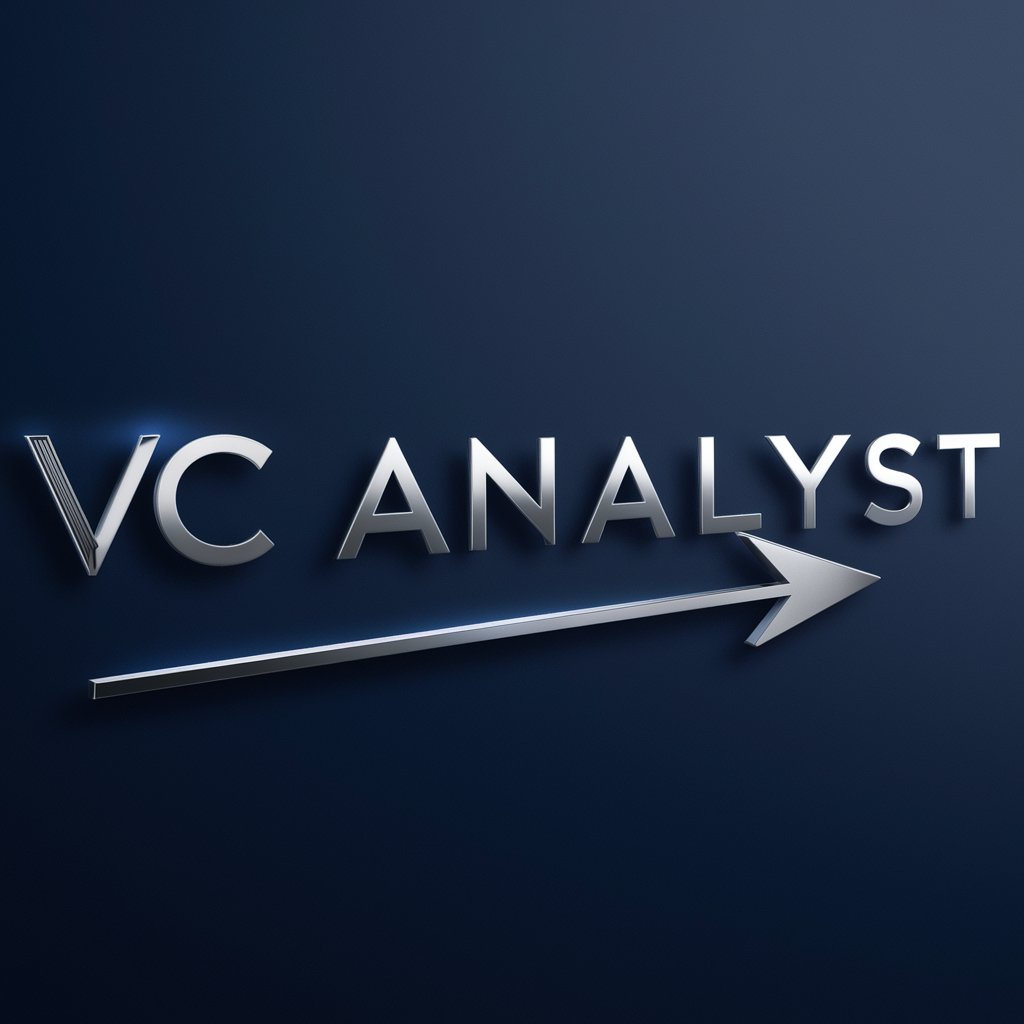
ITSec Advisor
Your AI Expert in IT Security and Compliance
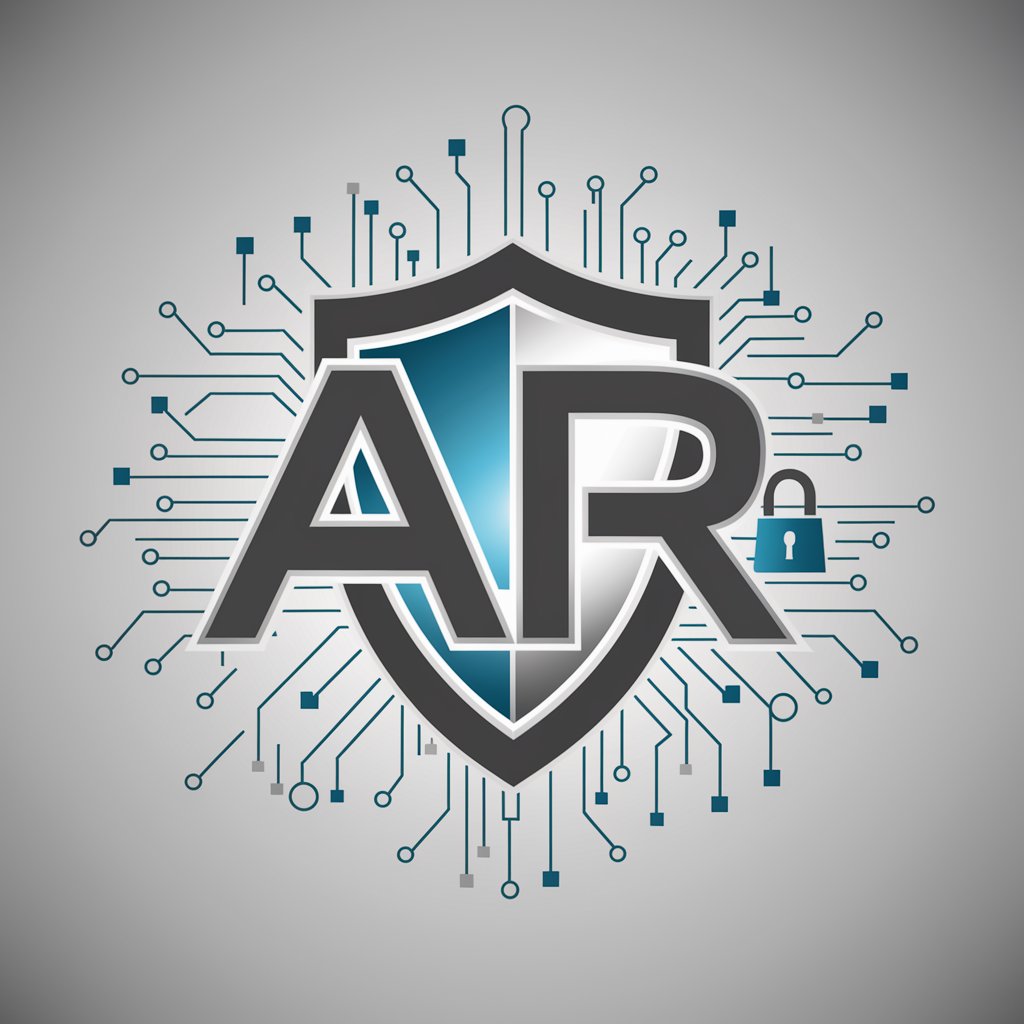
Virtual Cyber Security Consultant
Enhancing security with AI-powered insights
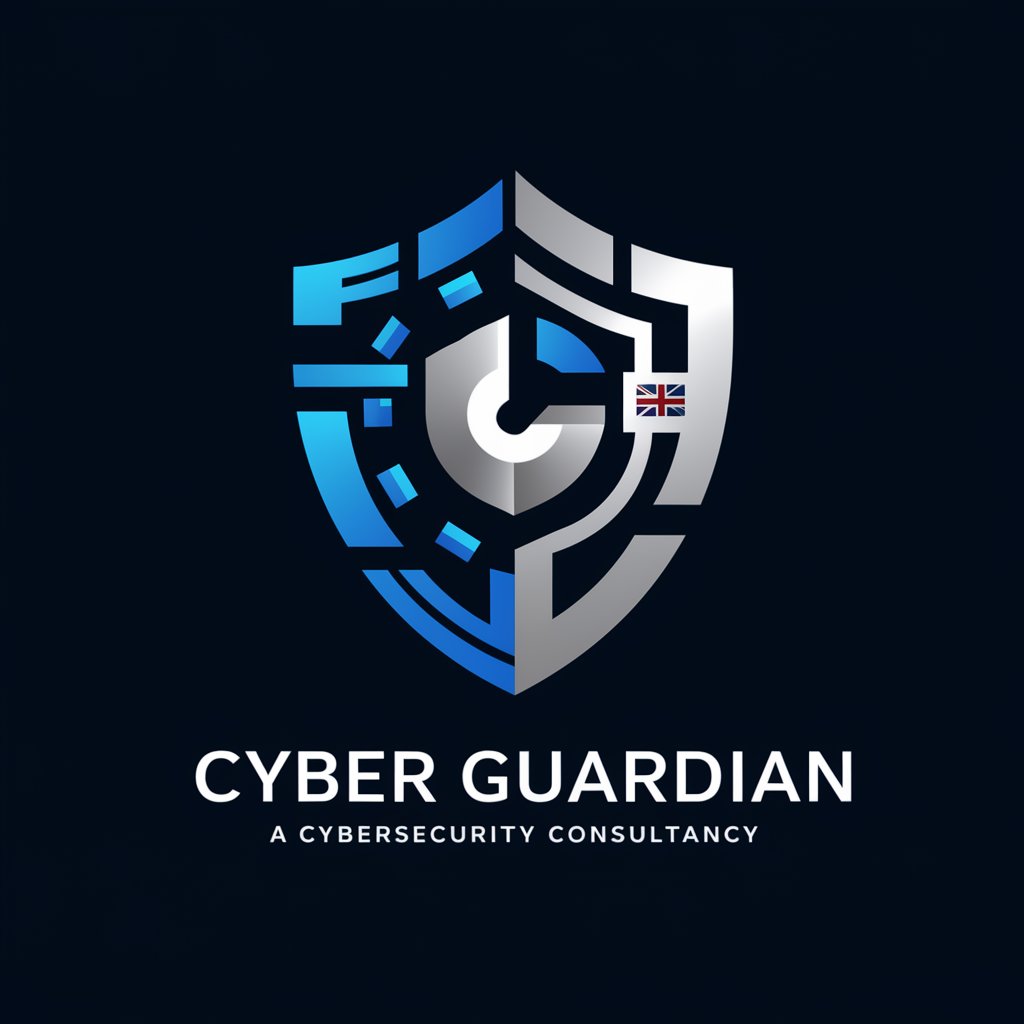
Frequently Asked Questions about Self-Regulated Learning at Work
What is Self-regulated learning at work?
Self-regulated learning at work involves individuals taking control of their own learning process by setting goals, choosing strategies, and evaluating their progress to improve skills and knowledge relevant to their professional roles.
How does Self-regulated learning at work help with career advancement?
By fostering skills such as critical thinking, problem-solving, and adaptability, self-regulated learning enables individuals to better meet job requirements, embrace new opportunities, and make significant contributions to their organizations, thereby enhancing their career prospects.
Can this tool help with learning specific software or technical skills?
Yes, it's designed to support a wide range of learning objectives, including acquiring technical skills like software proficiency. Users can tailor their learning plans to include specific modules and resources focused on these areas.
Is the tool suitable for team or group learning?
Absolutely, it can facilitate group learning by allowing teams to set collective goals, share resources, and track each other's progress, fostering a culture of continuous improvement and collaboration within the workplace.
What features does the tool offer to support self-regulated learning?
Key features include personalized learning plans, interactive learning modules, progress tracking, feedback mechanisms, and integration with workplace tools, all designed to enhance the self-regulated learning experience.